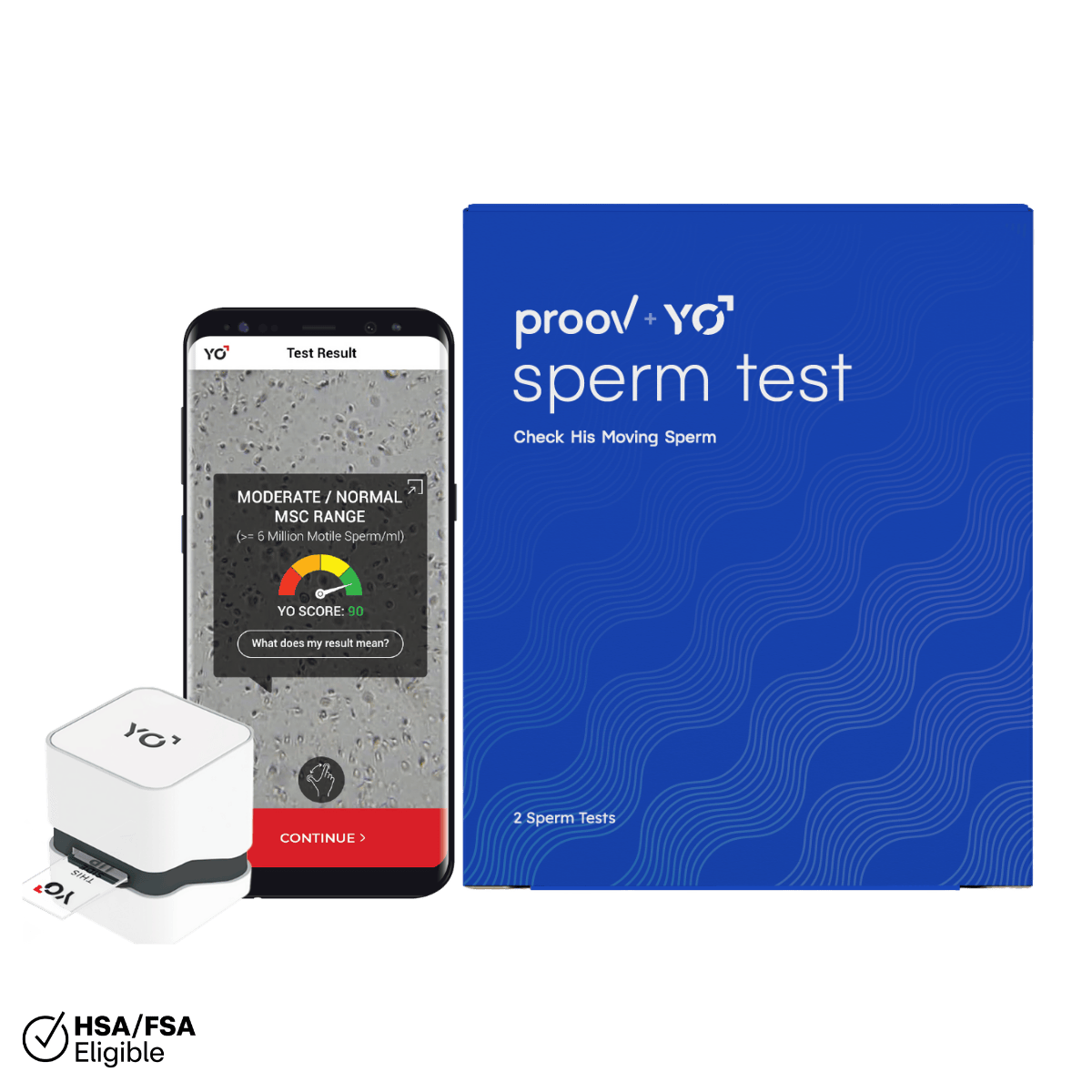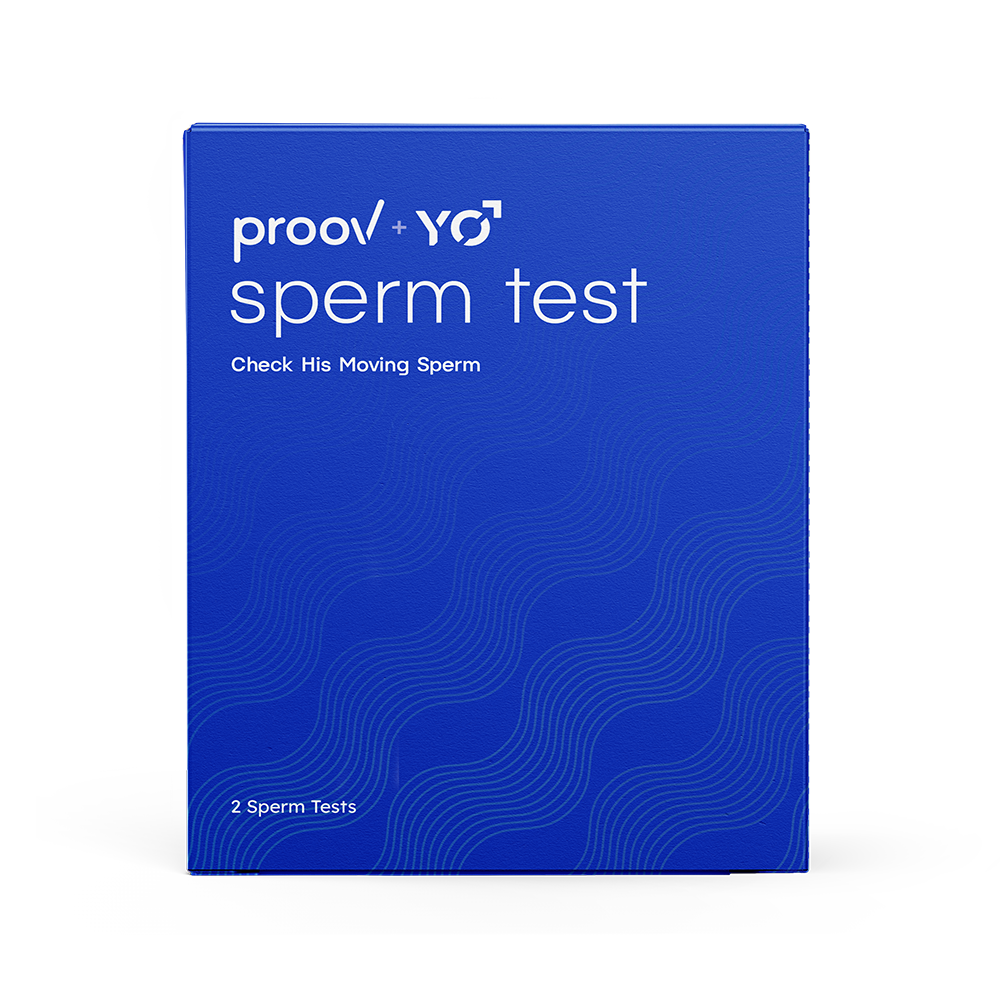Every menstrual cycle is an intricate coordination of multiple hormones and processes. Each reproductive hormone will go through numerous changes as follicles grow, ovulation occurs, and possible fertilization happens.
It can make it challenging to know if your lab results are pointing toward a strong, healthy cycle, or a hormonal imbalance. A high lab result at one part of the cycle may be completely appropriate, while that same result two weeks later points to an underlying cause of imbalance.
This variability is especially true for two of the major reproductive hormones in a menstrual cycle: estrogen and progesterone.
What are the main pregnancy hormones?
Before we dive into what each of these hormones do, we should take a minute to understand hormones themselves. Hormones are chemical messengers in the body.
Imagine you need to share an urgent message with a friend. What’s the quickest way to get in contact? A text message! Hormones do something similar. They allow different parts and systems of the body to communicate seamlessly.
Reproductive or fertility hormones, like estrogen and progesterone, send messages about the reproductive system of the body, and therefore are sometimes referred to as “pregnancy hormones.” (But you don’t have to be pregnant to experience them!) While all human bodies create these hormones, different sexes will produce them in different amounts and have different results.
What is estrogen?
Estrogen is often called a growth hormone, because it is produced in response to the growth of ovarian follicles and one of its main functions is to grow or thicken the lining of the uterus.

Both of these things are important for possible pregnancy, and estrogen is essential for that process. Without estrogen, a follicle could not grow sufficiently enough to ovulate an egg and the lining would not develop enough for a fertilized egg to implant.
As the ovary grows to prepare an egg for ovulation, more estrogen is produced. An initial rise in estrogen indicates the opening of your fertile window – a great sign that ovulation is coming and it’s an ideal time to “try”!
How Your Estrogen Levels Change Throughout Your Cycle
Because of these dramatic changes in every menstrual cycle, it’s important to know where you are in your cycle when you have your hormone levels tested.
During the early follicular phase of your cycle, your estrogen will be low since ovarian follicles have not yet had time to begin producing it. At this point, levels are often lower, around 20-150 pg/mL.
As the follicles grow larger and you get closer to ovulation, your estrogen levels will be at a much higher level, between 30-350 pg/mL. After ovulation, when you’ve entered into the luteal phase of the cycle and progesterone becomes dominant, estrogen levels should be at their highest.
What Should Your Estrogen Levels be for Implantation
Even though progesterone takes over as the dominant reproductive hormone after ovulation, estrogen continues to play a pivotal role. Low estrogen can (roughly under 30 pg/mL) prevent successful implantation and cause early miscarriage. While lab testing is the most effective way to pinpoint hormone levels, you can also be on the lookout for low estrogen symptoms.
These symptoms can include infrequent menstrual periods, hot flashes, night sweats, trouble sleeping, dryness and thinning of the vagina, low sexual desire, mood swings, and dry skin.
Just as low estrogen may prevent implantation, studies show that high estrogen levels (above 450 pg/mL) may also inhibit implantation.
For those using artificial reproductive technologies, you’ll notice that “normal” lab results are much higher than unmedicated menstrual cycles. It is normal for estrogen levels to be as high as 4,000 pg/mL during stimulation, if you are encouraging the growth of multiple follicles.
While this is very unlikely in natural cycles, it is considered appropriate during stimulation. Still, levels can become too high. As soon as they reach around 3,000 pg/mL, they are generally considered more at risk for issues, including OHSS (ovarian hyperstimulation syndrome).

Estrogen Levels after Implantation
After implantation, estrogen will begin to rise and will continue to do so rather dramatically throughout pregnancy. Both estrogen and progesterone are not only critical to ovulation and implantation, but to carrying a successful pregnancy. Drastically increasing estrogen levels can sometimes be the cause of that not-really-morning-only morning sickness!
But, if you don’t conceive, your estrogen and progesterone levels will drop right before your period. You can think of this as a “clean slate” before the next cycle begins.
What happens to estrogen levels if you conceive?
So what should these lab values be during pregnancy? Average estrogen levels in the first trimester peak between 3,000-4,000 pg/mL, but rise to around 10,000 pg/mL during the second trimester. Third trimester levels can skyrocket to above 15,000 pg/mL.

Estrogen (remember, often referred to as the “growth hormone!”) is responsible for development of many of the baby’s organ systems, like blood vessels and nutrition receptors, in the first trimester. As the second trimester begins, estrogen has a larger effect on the development of milk ducts in the breast glands of the mother. Throughout the entire pregnancy, estrogen is responsible for much of the development in both baby and mother, and these high estrogen values show it!
Reproductive hormones like estrogen play a critical role in regular menstrual cycles, the process of ovulation, the likelihood of implantation, and in the successful development of a baby!
Hormones During Pregnancy
Although the reference ranges included in this blog can be helpful for assessing general health, remember that each human body is unique and the journey to pregnancy will be different for everyone. Work closely with a doctor whom you trust to test for estrogen levels at appropriate times in your menstrual cycle and spot concerns with your results (whether they are too high or too low for major events like implantation.) Keep in mind that natural cycles will have understandably lower lab values than artificially induced cycles, and should be monitored closely by your doctor.
Unsure if you’re ovulating at all? You may want to start with some simple at-home hormone tests that can give you a good idea if you are successfully ovulating and, if so, when. Check out our Complete Testing System, which measures E1G and PdG (urine markers of estrogen and progesterone, respectively) – among other hormones – to provide a “complete” view of your cycle and ovulation.













